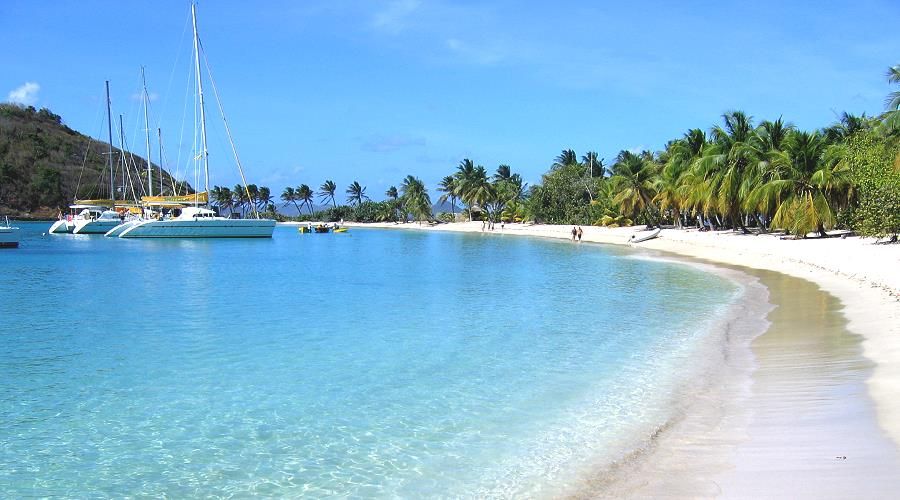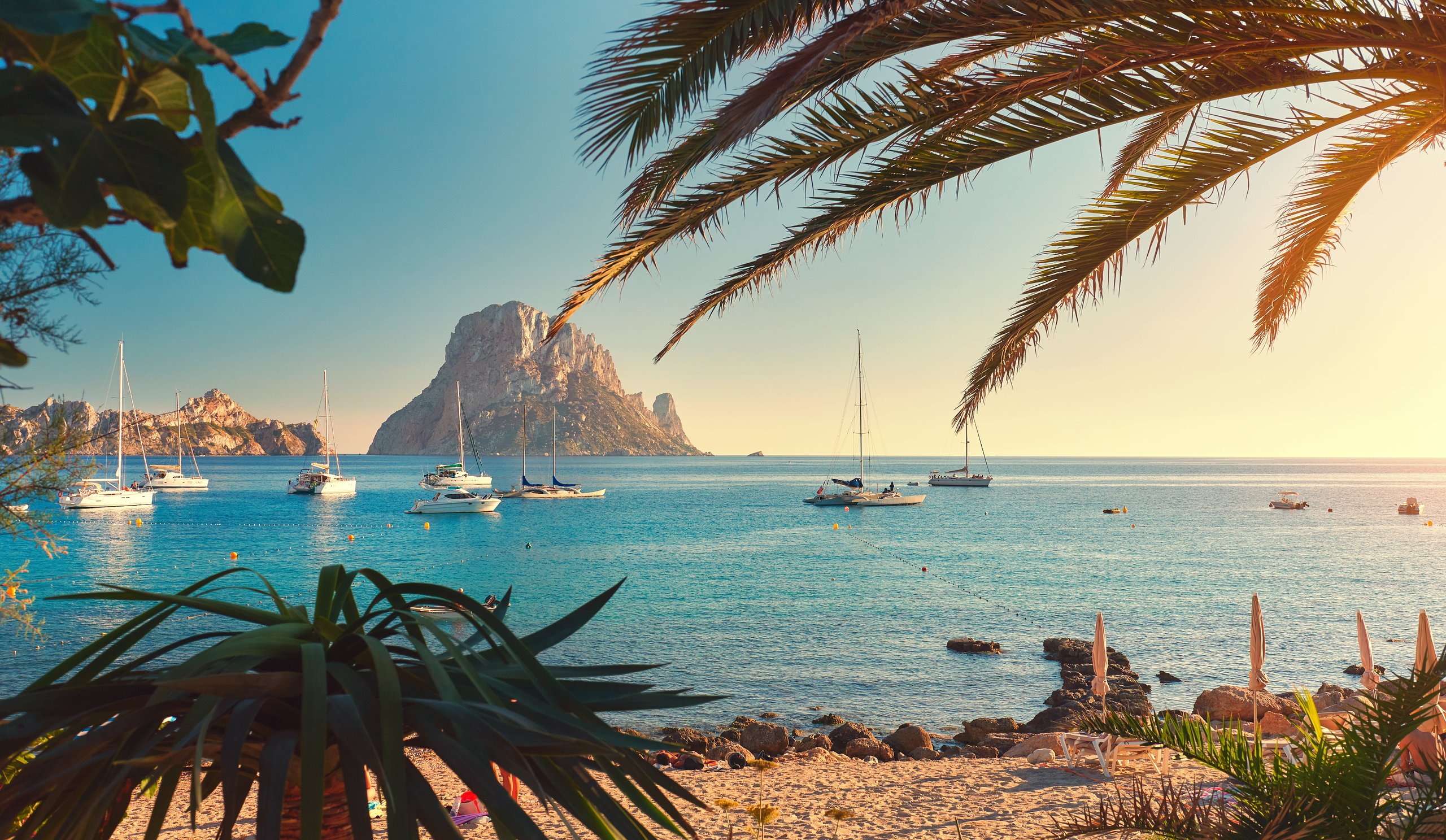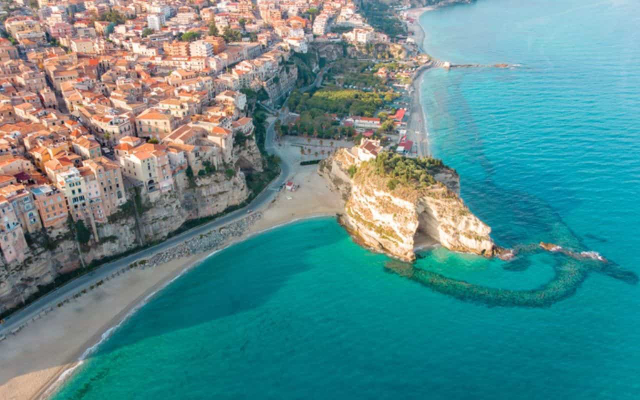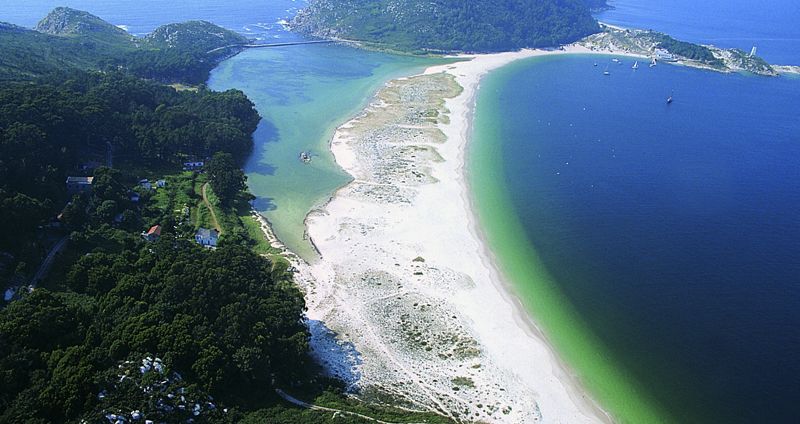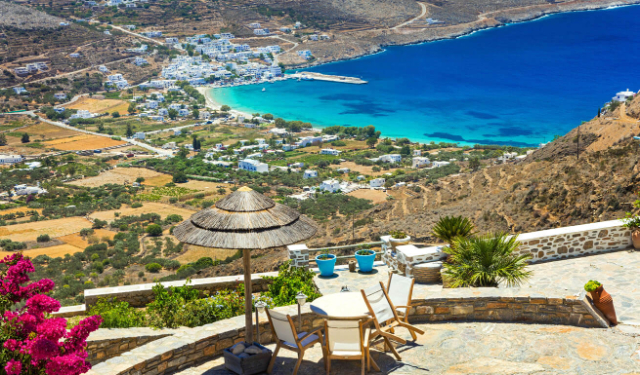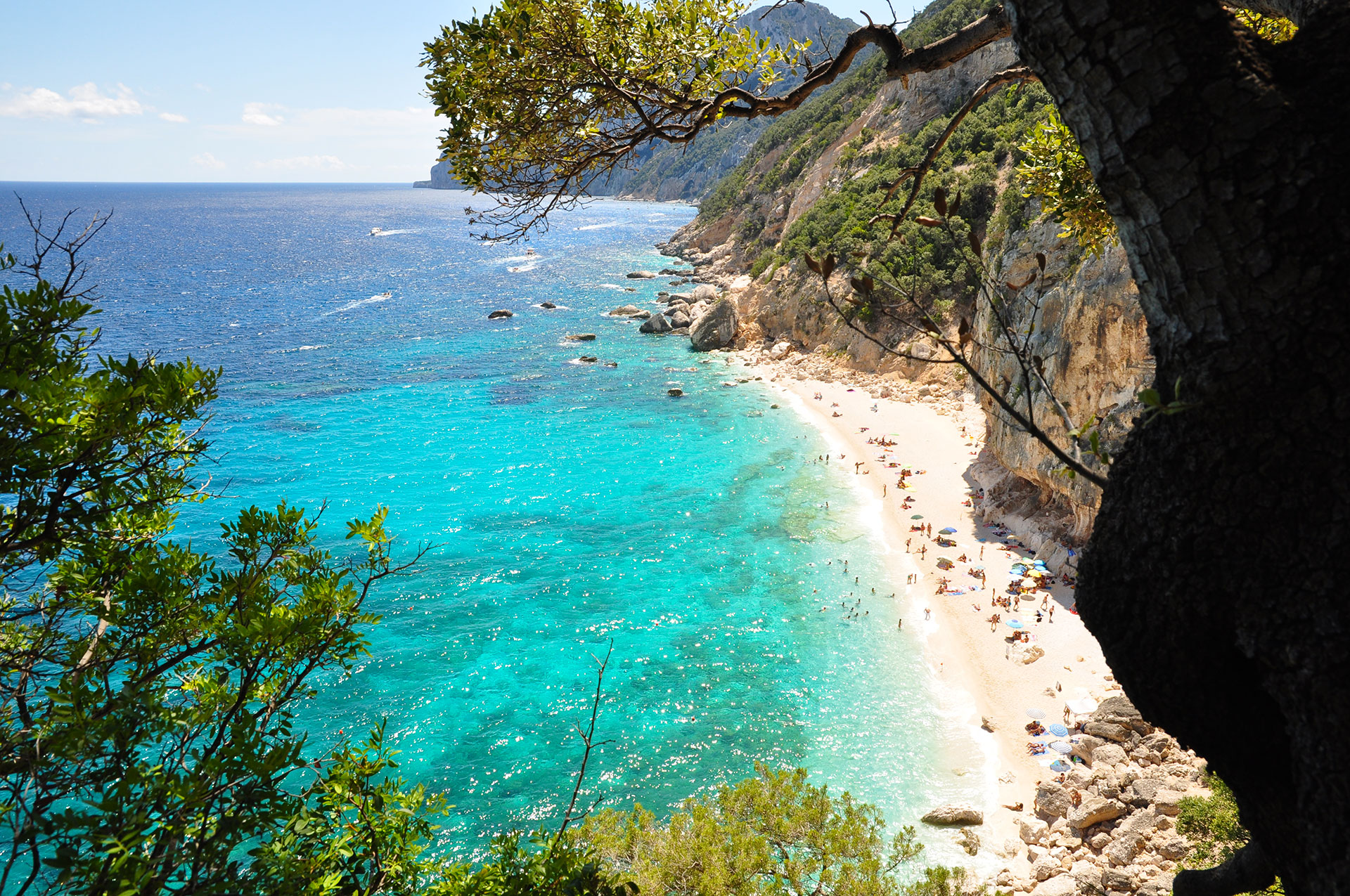Grenada is a beautiful island in the Caribbean Sea, inhabited by Caribbean Indians until 1498, when it was discovered by Christopher Columbus. From that day on, the Spaniards disrupted the life of the natives and, about a century later, it found itself at the center of a bitter dispute between the French and the English. In the end, the latter prevailed and the island enjoyed structural improvements and an increase in sugar production, for which during the seventeenth century the French had brought to the island many slaves from Africa. But between the 19th and 20th century, the production of cocoa exceeded that of sugar and the country became the leading exporter in the world. Full independence from the United Kingdom arrived in 1974, making the island the second smallest nation in the northern hemisphere, after Saint Kitts and Nevis. The ““island of spices” è the’other name by which è Grenada is known: cinnamon, ginger, nutmeg and cloves, in fact, are produced in incredible quantities; in the’impervious mountainous hinterland. The origins of these peaks are volcanic and along the slopes are covered by rainforests interspersed with streams and waterfalls. But the rugged coastline is the island’s main tourist attraction: a succession of coves and sheltered beaches that have not yet been reached by mass tourism. In contrast to other Caribbean islands, life in Grenada is still quiet and marked by the lazy local rhythms. Its nature has remained unspoiled and offers diverse scenery, ranging from tropical forests to coral reefs and deserted beaches. Everywhere the people are hospitable, smiling and always ready to party, especially during the Carnival, which is celebrated on the island in summer.
METEO
Search in Where
TRAVEL
WHERE TO GO
WHERE CLUBS
Grenada
CENTRAL AMERICA
View of Carenage, St George, Grenada, West Indies
Portrait in Brief
Grenada is a beautiful island in the Caribbean Sea, inhabited by Caribbean Indians until 1498, when it was discovered by Christopher Columbus. From that day on, the Spaniards disrupted the life of the natives and, about a century later, it found itself at the center of a bitter dispute between the French and the English. In the end, the latter prevailed and the island enjoyed structural improvements and an increase in sugar production, for which during the seventeenth century the French had brought to the island many slaves from Africa. But between the 19th and 20th century, the production of cocoa exceeded that of sugar and the country became the leading exporter in the world. Full independence from the United Kingdom arrived in 1974, making the island the second smallest nation in the northern hemisphere, after Saint Kitts and Nevis. The ““island of spices” è the’other name by which è Grenada is known: cinnamon, ginger, nutmeg and cloves, in fact, are produced in incredible quantities; in the’impervious mountainous hinterland. The origins of these peaks are volcanic and along the slopes are covered by rainforests interspersed with streams and waterfalls. But the rugged coastline is the island’s main tourist attraction: a succession of coves and sheltered beaches that have not yet been reached by mass tourism. In contrast to other Caribbean islands, life in Grenada is still quiet and marked by the lazy local rhythms. Its nature has remained unspoiled and offers diverse scenery, ranging from tropical forests to coral reefs and deserted beaches. Everywhere the people are hospitable, smiling and always ready to party, especially during the Carnival, which is celebrated on the island in summer.
Capital
St. George’s, located on Grenada’s southern coast, is the island’s capital. Founded by the French in 1650 by order of Cardinal Richelieu, who named it Fort Royal. St. George’s looks like a typical Caribbean town and has a horseshoe distribution around its port, Carenage. Walking along the steep and winding streets, that from the port climb the surrounding hills, you can enjoy exceptional views and admire some nineteenth-century Creole houses that still retain the roofs made with red tiles used as ballast by ships from Europe. The city is an alternation of merchant houses, pastel-colored buildings, warehouses and cafes, with the green hills of the hinterland as a backdrop, while the social life of St George is concentrated around the port. To the west of Carenage is the Grenada National Museum, housed in an old French barracks from 1704. Here you can admire many precious objects, such as some examples of Amerindian pottery, stills for the distillation of rum and a marble tub that belonged to Josephine Bonaparte. To dominate the entire city, a series of forts built by the French: Fort George, dating back to 1705; Fort Frederick, the best preserved; and Fort Matthew, bombed by the Americans in 1983. At Fort George there is a graffito that reads “No pain no gain, brother” (“no pain no gain, brother”) and a pole on which are still visible the holes of the bullets fired by the platoon that shot Maurice Bishop, the Grenadian politician who led the revolution of 1979 and who is still a beloved character.
